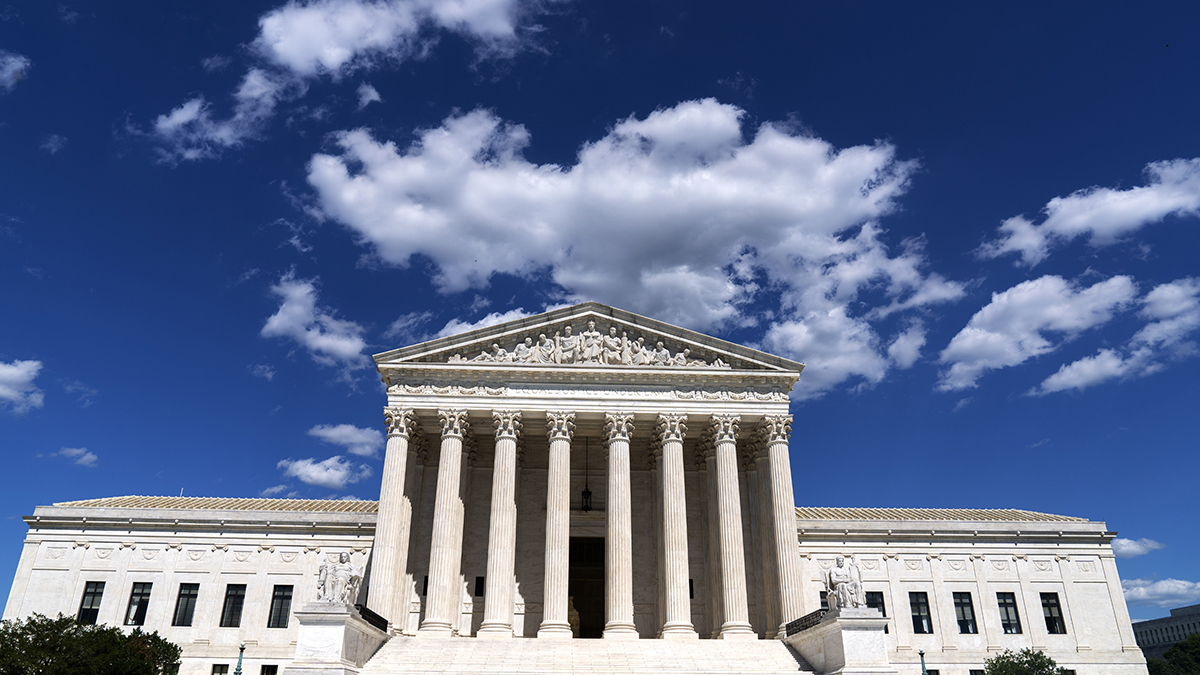President Donald Trump is overstating the benefits of his threatened tariffs on automobiles and parts imported from Mexico while glossing over the likely harm to American consumers of substantially higher prices for new cars.
In tweets Tuesday, Trump exaggerated how much of the auto industry had moved to Mexico and inaccurately asserted that if he imposed a tax of 25% on all Mexican goods, all the automaker jobs would immediately return to the U.S. That's not the case. It actually would take years for auto assembly plants to move back to the U.S., if they did so at all, as companies gauge which countries are cheapest for production and whether U.S. tariff policies might be reversed after the 2020 presidential election.
The president also overstated the size of the U.S. annual trade deficit with other nations, leaving out services that the U.S. provides such as banking and tourism.
Trump had threatened the tariffs before suspending them upon announcing a deal with Mexico last week to curtail the flow of migrants from Central America. He says he will reimpose the tariffs if Mexico doesn't follow through on its agreement.
A look at his claims:
TRUMP: "Tariffs are a great negotiating tool, a great revenue producer and, most importantly, a powerful way to get ... companies to come to the U.S.A., and to get companies that have left us for other lands to come back home. We stupidly lost 30% of our auto business to Mexico." — tweets Tuesday.
TRUMP: "They took 30% of our automobile companies. They moved into Mexico. All of the people got fired." — interview Monday with CNBC.
U.S. & World
The day's top national and international news.
THE FACTS: He's incorrect that Mexico took 30% of the U.S. automobile business in the years since the North American Free Trade Agreement took effect in 1994.
In 2017, 14% of the vehicles sold in the U.S. were imported from Mexico, according to the Center for Automotive Research, a think tank in Ann Arbor, Michigan. Parts imported from Mexico exceed 30%.
___
TRUMP: "If the Tariffs went on at the higher level, they would all come back." — tweet Tuesday.
TRUMP: "What will happen is the companies will move into the United States, back where they came from. ... They would all move back if they had to pay a 25% tax or tariff." — interview Monday with CNBC.
THE FACTS: He's being overly optimistic that auto companies would immediately move back to the U.S. if there were a 25% tariff on Mexican-made vehicles and parts.
It takes three or four years minimum to plan, equip and build an auto assembly plant, so there would be little immediate impact on production or jobs. Auto and parts makers are global companies, and they would also look to countries without tariffs as a place to move their factories. The companies could also just wait until after the 2020 election, hoping that if Trump is defeated, the next president would get rid of the tariffs.
"They're not going to invest in duplicative capacity in response to short-term policy incentives," said Kristen Dziczek, a vice president at the Center for Automotive Research.
It is possible that some production could be shifted back to the United States. General Motors, for instance, makes about 39% of its full-size pickup trucks at a factory in Silao, Mexico, mainly light-duty versions, according to analysts at Morningstar. If the U.S. slapped a 25% tariff on assembled automobiles, GM could shift some production to a factory in Fort Wayne, Indiana, that also makes light-duty pickups. But there are limits. That plant already is running on three shifts and is almost near its maximum capacity.
Tariffs on Mexico probably would cost auto jobs in the U.S., too, because Mexico would almost certainly retaliate with tariffs of its own. Tariffs on both sides would raise prices of vehicles, because automakers probably would pass the charges onto their customers.
Industry experts say higher prices would cause more buyers to shift into the used-vehicle market, cutting into new-vehicle sales. Tariffs could be higher than 25% because parts go back and forth across the border multiple times in a highly integrated supply chain.
Vehicles built in Mexico get 20% to 30% of their parts from the U.S., so the tariffs would drive up prices there. That would hit lower-income people hard because automakers produce many lower-priced new vehicles in Mexico to take advantage of cheaper labor. About 62% of U.S. vehicle and parts exports go to Canada and Mexico, according to the Center for Automotive Research.
Tariffs would add $1,300 to $4,500 to the price of vehicles based just on the cost of parts, the center estimated.
___
TRUMP: "Look, without tariffs, we would be captive to every country, and we have been for many years. That's why we have an $800 billion trading deficit for years. We lose a fortune with virtually every country. They take advantage of us in every way possible." — CNBC interview Monday.
THE FACTS: Trump isn't telling the whole story about trade deficits.
When he refers to $800 billion trade gaps, he's only talking about the deficit in goods such as cars and aircraft. He leaves out services — such as banking, tourism and education — in which the U.S. runs substantial trade surpluses that partially offset persistent deficits in goods. The goods and services deficit peaked at $762 billion in 2006. Last year, the United States ran a record $887 billion deficit in goods and a $260 billion surplus in services, which added up to an overall deficit of more than $627 billion.
The U.S. does tend to run trade deficits with most other major economies. But there are exceptions, like Canada (a nearly $4 billion surplus last year), Singapore ($18 billion) and Britain ($19 billion).
Mainstream economists reject Trump's argument that the deficits arise from other countries taking advantage of the United States. They see the trade gaps as the result of an economic reality that probably won't bend to tariffs and other changes in trade policy: Americans buy more than they produce, and imports fill the gap.
U.S. exports are also hurt by the American dollar's status as the world's currency. The dollar is usually in high demand because it is used in so many global transactions. That means the dollar is persistently strong, raising prices of U.S. products and putting American companies at a disadvantage in foreign markets.
Associated Press writer Hope Yen contributed to this report.



